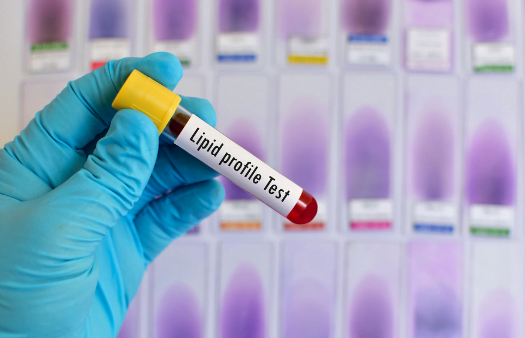Cholesterol Oxidation Products Testing in Meat and Dairy
The testing of cholesterol oxidation products (COPs) in meat and dairy is a critical aspect of ensuring food safety, quality, and consumer health. COPs are produced during the oxidative rancidity process that occurs naturally as part of lipid peroxidation. This process can lead to the formation of harmful compounds if not properly managed. In the context of meat and dairy products, monitoring COPs helps in assessing the freshness and shelf life of these commodities.
Understanding the levels of COPs is essential for several reasons. Firstly, it aids in the identification of spoilage, which can have significant economic implications for producers and retailers. Secondly, it ensures that consumers are protected from potentially harmful compounds derived from rancid fats. This testing is particularly important given the global prevalence of lipid peroxidation in food products.
The analytical methods used for COPs testing include chemical assays such as thiobarbituric acid-reactive substances (TBARS), which measure malondialdehyde, a key product of lipid oxidation. Other techniques involve spectroscopy and chromatography to identify specific compounds indicative of rancidity. These tests are conducted on various parts of the meat or dairy products depending on their intended use.
Accurate COPs testing is also crucial for regulatory compliance in many countries, including adherence to international standards such as ISO 6891 and AOAC methods. Compliance with these standards ensures that food products meet quality benchmarks set by health authorities worldwide.
In the context of meat production, understanding COPs can help optimize processing conditions to minimize lipid oxidation. For dairy products, this knowledge is vital for maintaining the integrity of fat-soluble vitamins and other lipophilic nutrients during storage and distribution.
The importance of COPs testing extends beyond just the food industry. It plays a role in broader discussions about sustainable food production practices and reducing waste by enabling more efficient use of raw materials.
- Identifies spoilage in meat and dairy products
- Ensures compliance with international standards like ISO 6891
- Aids in optimizing processing conditions for minimizing lipid oxidation
- Maintains the integrity of fat-soluble vitamins during storage
This testing is a key component in maintaining food safety and quality, contributing to both consumer health and sustainable practices.
Benefits
The benefits of cholesterol oxidation products (COPs) testing in meat and dairy extend across multiple stakeholders including producers, retailers, consumers, and regulatory bodies. For producers, this testing ensures the quality and safety of their products, thereby enhancing brand reputation and customer trust.
For retailers, COPs testing helps maintain supply chain integrity by ensuring that only fresh and safe products reach the market. This reduces the risk of product recalls and associated costs. From a consumer perspective, it means greater confidence in purchasing meat and dairy products knowing they meet stringent quality standards.
Regulatory bodies benefit from COPs testing as well since it provides them with data to enforce food safety regulations effectively. This collaboration between producers, retailers, consumers, and regulators ultimately contributes to the overall health and sustainability of the global food system.
In terms of environmental impact, reducing lipid peroxidation through effective COPs management can lead to less waste generation in meat and dairy production processes. This aligns with broader efforts towards sustainable agriculture and food systems.





